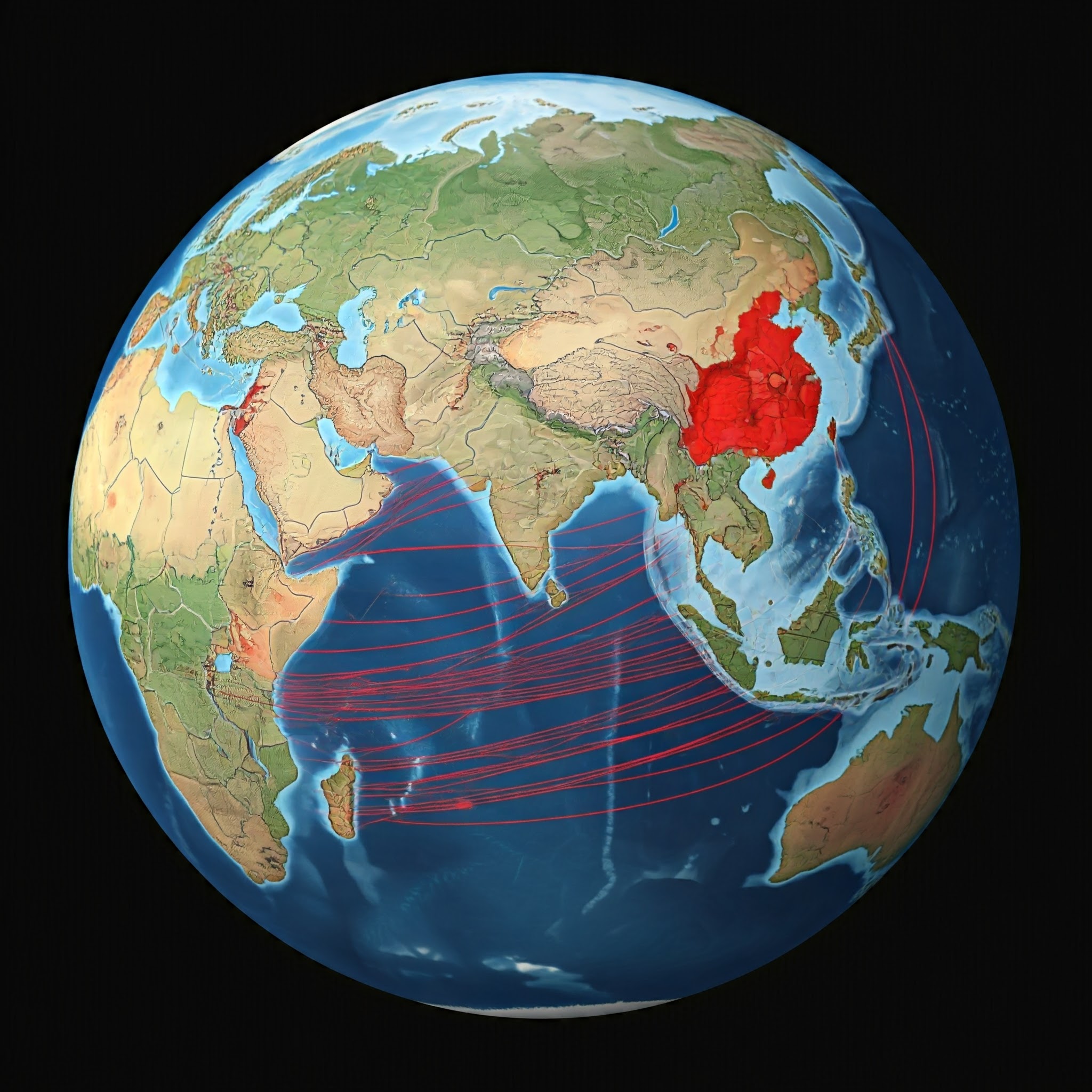What was the Bird flu
What was the bird flu? Bird flu, also known as avian influenza, is a highly contagious viral infection that primarily affects birds. The virus is caused by strains of the influenza A virus, which can range in severity. While many strains circulate harmlessly among wild birds, certain types can infect domestic poultry, causing devastating outbreaks.
Overview
A Sickness That Shook the World
Bird influenza, likewise called avian flu, wasn’t simply a medical problem; it turned into an emergency for ranchers, general wellbeing authorities, and worldwide economies. It has more than once shown what an infection meaning for birds can echo through different pieces of society, making it a main issue for everybody — not simply poultry ranchers or bird sweethearts.
Influence on Wellbeing
The bird influenza acquired consideration because of its capacity to taint people in uncommon cases. Strains like H5N1 and H7N9 are especially hazardous on the grounds that they can lead to extreme respiratory issues and even passing in individuals. For instance, the H5N1 episode in the mid 2000s had a casualty pace of almost 60% among revealed human cases.
Influence on Poultry
For poultry ranchers, bird influenza is crushing. One flare-up can prompt the winnowing of millions of birds to prevent the infection from spreading. This causes close to home misery for ranchers as well as annihilates their livelihoods. During a significant episode, poultry ranches all over the planet experience enormous monetary misfortunes, and the cost of eggs and chicken can soar.
A Danger to the Worldwide Economy
Bird influenza doesn’t simply remain in that frame of mind of the world — it spreads through transitory birds, causing episodes across landmasses. At the point when this occurs, global exchange poultry items gets disturbed. For instance, nations frequently prohibit imports from regions impacted by bird influenza, prompting huge monetary misfortunes for exporters.
Bird Flu Strains: H5N1 vs. H7N9
Not all bird influenza strains are something very similar, and some are undeniably more risky than others. Among the many kinds of bird influenza, H5N1 and H7N9 are the most notorious. Both have caused flare-ups in birds and raised worldwide worry because of their capacity to contaminate people.
H5N1: A High Gamble for Birds and People
Attributes:
H5N1 is a profoundly pathogenic strain, meaning it spreads rapidly and causes extreme sickness in birds. It can destroy whole runs in no time, which is the reason it’s a bad dream for poultry ranchers.
Influence on People:
While H5N1 doesn’t spread effectively between individuals, when it taints people, it tends to be destructive. For instance, its casualty rate among announced human cases is around 60%. This makes it one of the most disturbing bird influenza strains for general wellbeing authorities.
Illustration of an Episode:
The H5N1 strain originally arose in Hong Kong in 1997, causing huge misfortunes in poultry and a few human passings.
H7N9: A Quiet Danger
Attributes:
H7N9 is less lethal in birds, making it harder to distinguish in poultry rushes. This quiet nature permits it to spread undetected, expanding the gamble of transmission to people.
Influence on People:
Dissimilar to H5N1, H7N9 diseases in people frequently slip through the cracks at first since side effects can begin gentle. Nonetheless, in serious cases, it can lead to perilous respiratory issues. Its human casualty rate is likewise high however marginally lower than H5N1.
Illustration of a Flare-up:
H7N9 arose in China in 2013 and caused many human contaminations. Most cases were connected to openness to live poultry markets.
Why A few Strains Are More Hazardous
Bird influenza strains contrast in how effectively they spread and how extreme their side effects are.
H5N1: Spreads basically through close contact with tainted birds however has restricted human-to-human transmission.
H7N9: Can go undetected in birds, expanding the gamble of coincidental human openness, particularly in regions with live poultry markets.

